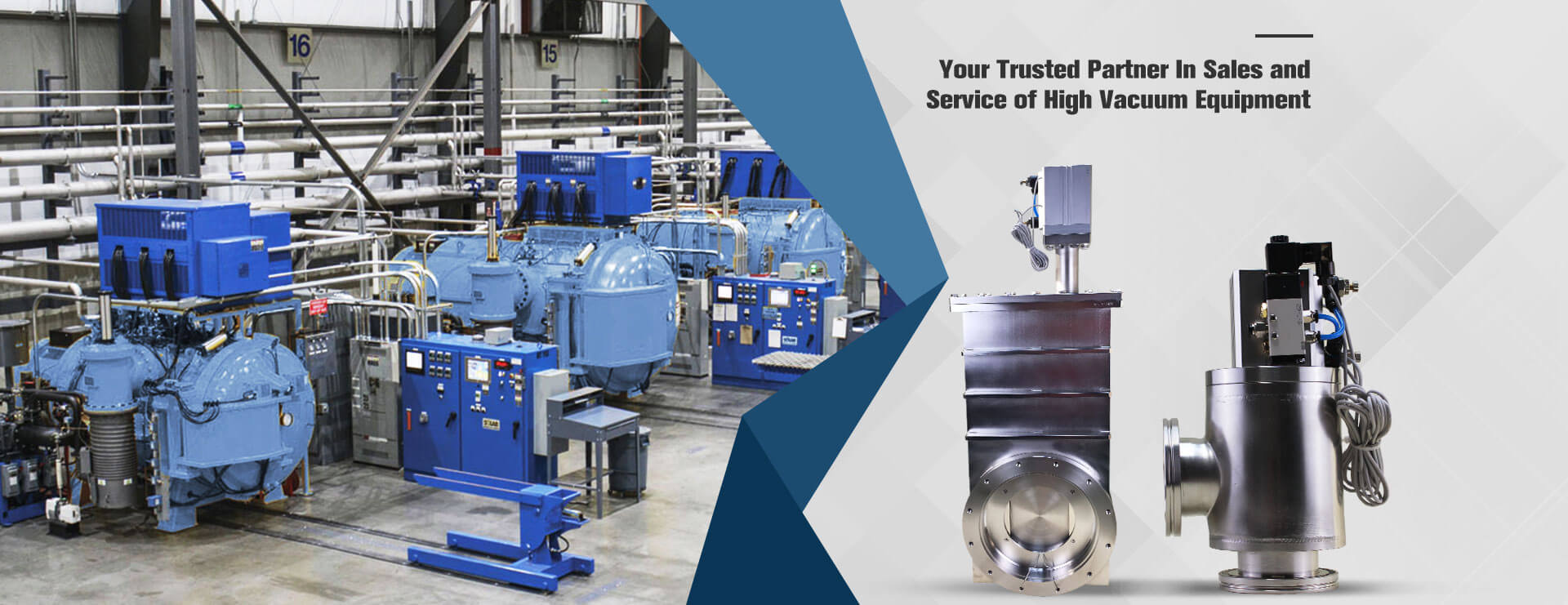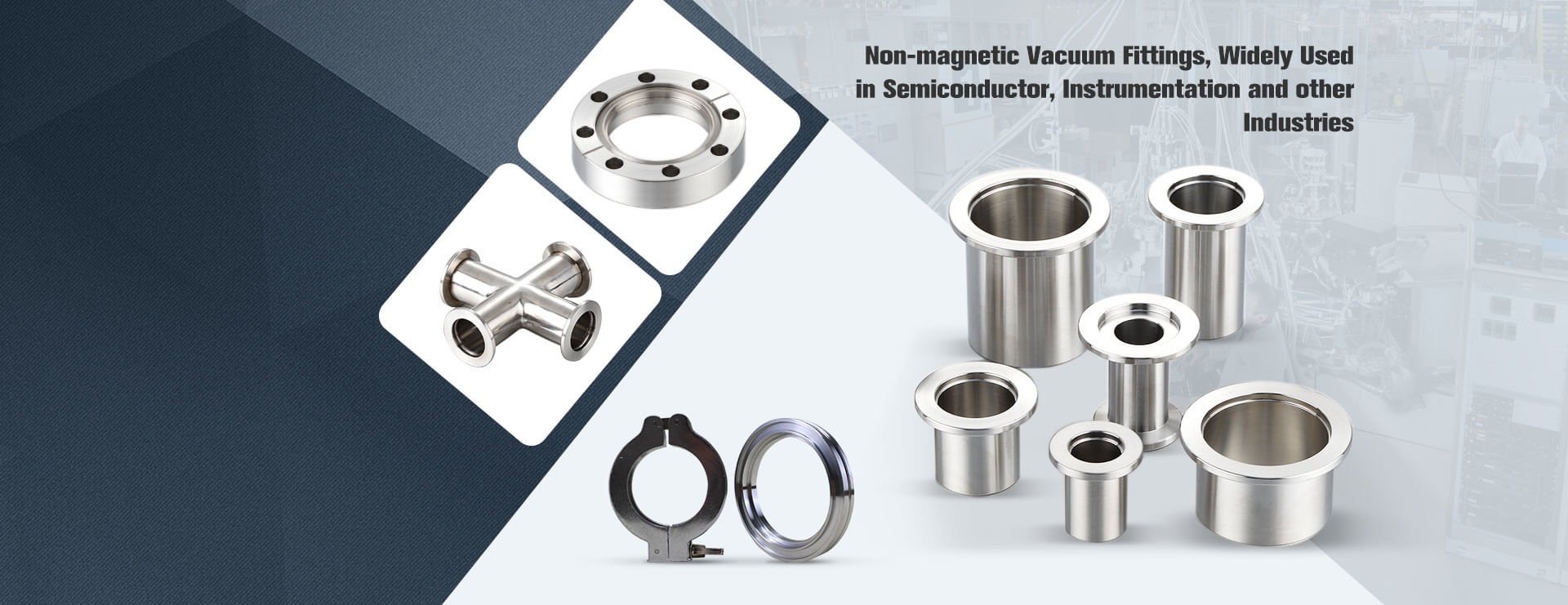In fluid control systems, valves serve as crucial devices for regulating and controlling fluid flow. Among them, angle valves and gate valves are two common and distinctive types of valves. This article will provide a detailed introduction to the definitions, structural characteristics, working principles, and application scenarios of angle valves and gate valves, helping readers better understand and select these two types of valves.
I. Angle Valves: Flexible Control of Fluid Direction
Angle valves, also known as angle stop valves, triangular valves, angular valves, or elbow valves, are designed and characterized by their 90-degree angle between the inlet and outlet. This unique design allows the pipeline to form a 90-degree bend at the angle valve, providing more flexibility and spatial layout possibilities for fluid control.
The valve body of an angle valve contains three key parts: an inlet, a flow control port, and an outlet. The valve stem and seat are usually sealed with a conical surface, which is particularly suitable for complex operating conditions such as high pressure, high temperature, high viscosity, and highly corrosive media. The conical surface seal can provide higher sealing performance and longer service life, ensuring that the fluid does not leak under high pressure.
In home decoration, angle valves are widely used in electrical and plumbing installations, such as cold and hot water inlet pipes for washbasins, toilet tanks, and water heaters. These applications require precise control of fluid flow and pressure, making angle valves with their conical surface seal structure and flexible installation methods ideal choices. Additionally, in the industrial field, angle valves are also commonly used in wastewater treatment, metallurgy, petrochemicals, thermal power generation, and other situations requiring precise control of media flow and pressure changes.
II. Gate Valves: Champions of Full-Bore Fluid Control
Gate valves, also known as slide valves or sluice valves, are valves that open and close by lifting or lowering a gate. The gate and seat form a plane seal; when the gate descends, it tightly contacts the seat to form a seal; when the gate ascends, it allows fluid to pass through.
The flow path of gate valves is usually full-bore, meaning that the flow path through the valve remains almost unchanged. This design provides very low flow resistance, making fluid flow in the pipeline smoother and more efficient. At the same time, gate valves have a relatively simple structure, low manufacturing costs, and easy maintenance, making them widely used in practical applications.
Gate valves are suitable for pipeline systems that transport large flow rates and clean fluid media or fluid media with little solid content. For example, gate valves play an important role in water supply and drainage systems, steam systems, gas transmission systems, and certain industrial processes. Due to their simple structure and ease of maintenance, gate valves are also commonly used in applications requiring long-term stable operation and minimal maintenance.
III. Differences and Selection Between Angle Valves and Gate Valves
Although angle valves and gate valves are both essential components in fluid control systems, they have significant differences in structure, working principles, and application scenarios.
In terms of structure, the outlet and inlet of an angle valve form a 90-degree angle, while the gate of a gate valve operates perpendicular to the fluid direction. Additionally, the valve stem and seat of an angle valve are usually sealed with a conical surface, while gate valves have a plane seal structure. These differences make angle valves have better sealing performance and longer service life under complex operating conditions such as high pressure, high temperature, and high viscosity.
In terms of working principles, angle valves control the on/off and flow rate of fluid by rotating the valve stem, while gate valves change the fluid passage state by lifting or lowering the gate. This makes angle valves more advantageous in situations requiring precise control of fluid flow and pressure changes.
In terms of application scenarios, angle valves are more suitable for situations requiring control of media flow and pressure changes, especially in pipeline systems with high-pressure, high-temperature, high-viscosity, and highly corrosive media. In contrast, gate valves are more suitable for pipeline systems that transport large flow rates and clean fluid media or fluid media with little solid content.
In summary, when selecting angle valves or gate valves, factors such as fluid properties, working pressure, temperature, flow rate requirements, and ease of maintenance should be considered comprehensively. By reasonably selecting and configuring these two types of valves, the stable operation and efficient performance of the fluid control system can be ensured.
Post time: Oct-28-2024





主图003.jpg)